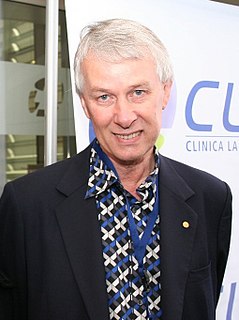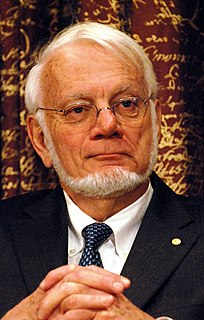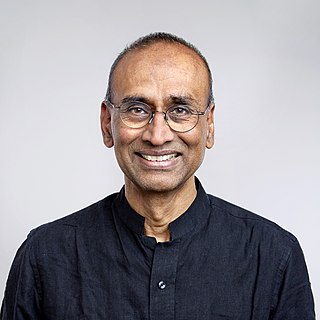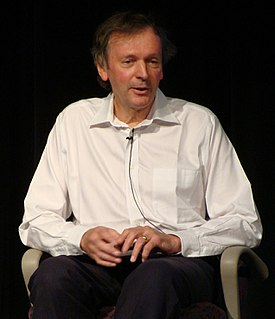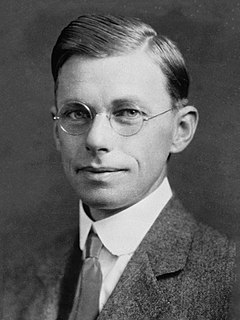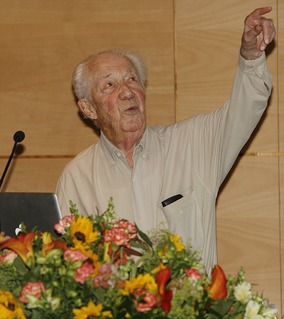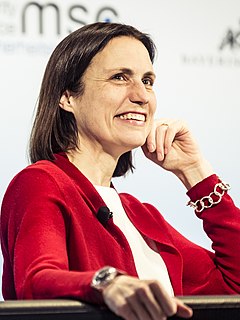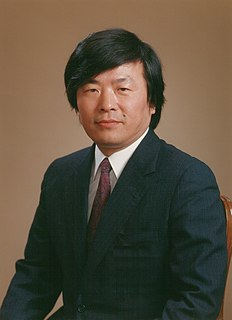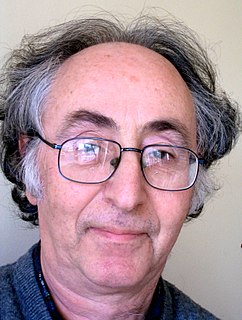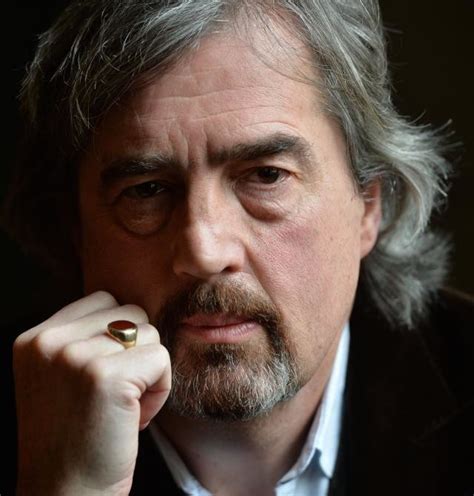A Quote by Richard J. Roberts
I was first exposed to the idea of macro-molecular sequences while I was a postdoctoral fellow with Jack Strominger at Harvard. During that time, I briefly visited Fred Sanger's laboratory in Cambridge, England, to learn the methodology of RNA fingerprinting and sequencing.
Related Quotes
In 1922, I got a small stipend from the Swedish-American Foundation and went to Cambridge, England, for a few months and thereafter to Harvard University. In the summer, Cambridge was rather empty, but I am grateful for many pleasant talks about economics with Austin Robinson who, in the summer of 1922, seemed to be about as lonely as I was.
I got a PhD from Harvard and a few years later, there was a girl from Sunderland who hadn't got into Oxford or Cambridge, even though she'd got perfect A-levels. Harvard asked me to come and recruit her because I was recruited out of university by Harvard - they were trying to show that people could make it.
Fred Astaire. Not a handsome man. He said himself he couldn't sing. He was balding his whole life. He danced like a cheetah runs with the grace of the first creation. I mean, that first week. On one of those days God created Fred Astaire. Saturday maybe, since that was the day for the pictures. When you s Fred you felt better about everything. He was a cure. He was bottled in the films and all around the earth, from Castlebar to Cairo, he healed the halt and the blind. That's the gospel truth. St. Fred. Fred the Redeemer.
